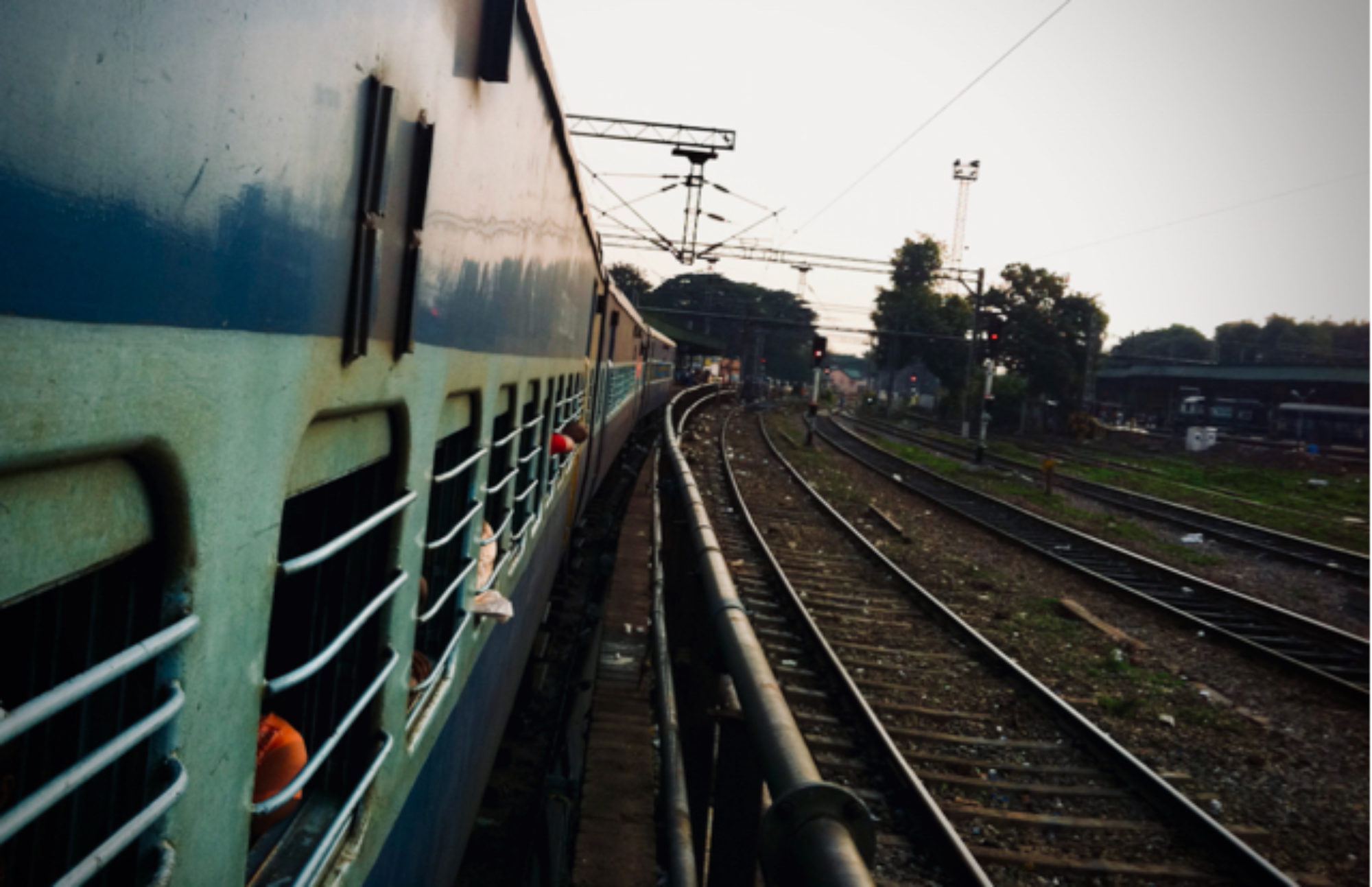This week we focused our reading on the benefits and use of clean energy. By 2030, the United Nations aims to double energy efficiency and renewable energy worldwide and declared this decade one of Sustainable Energy For All. Over 1.4 billion people lack access to basic electricity, 95% of which live in Sub-Saharan Africa and Asia. We are always looking for innovative technologies that can resolve the energy access gap.
Solving Energy Poverty With Solar Light Bulbs: Nokero Product Review on Clean Technica
Nokero, a company who does not believe in using kerosene, created lights bulbs powered by solar energy. The company hopes these new light bulbs will provide light to the poor and replace the use of kerosene. The use of kerosene can cost up to 25% of a household income in the developing countries. Nokero was found in 2010 and now works with a network of nonprofit organizations to “break the energy poverty cycle.” It created the N222-Huron, designed for both develop and developing markets. The N222 light bulb features outlets for USB, a battery with the life span of 5 years, and produces lights up to 50 lumens for 6 hours.
How clean energy boosts Idaho dairies’ profits by Rocky Barker on Idaho Statesman
Companies like Site Based Energy(SBE) and our own investment Promethean Power Systems have utilized clean energy to increase dairy profits and reduce bacteria growth in the milk. Promethean Power Systems designed their Rapid Milk Chiller to operate in rural areas with a faulty energy grid in India. Here in the United States, SBE chills the milk quickly in the holding tank, while the solar heaters preheat the water and the energy-efficient chiller captures the heat. Both companies are addressing huge market opportunities in agriculture using alternative energy innovation. Their market applications are a good example of how the rural farmers’ challenges are parallel from Idaho to India.
Sustainable energy for all is not just about dishing out cookstoves by Sarah Wykes and Ben Garside on The Guardian
Despite many investments in companies working towards universal access to energy, sub-Saharan Africa has become the home to some less-than-stellar business models that often in broken water pumps and litter. Africans of different nationalities respond differently to using and accessing clean energy. For example, the people Nigeria have a negative impression of solar energy due to the past failures. Other areas might not change from cooking over open fires to using a cook stove because of the change in the flavor of the food. These varying opinions and experiences need to be addressed as individual markets rather than assuming products targeted to the poor will accommodate them all. Entrepreneurs must keep in mind that BoP marketing has many facets and Africa cannot be blanketed with one strategy.
Off-Grid Solar: The Low Hanging Fruit in Solving Climate Change By Cindy Nawilis on SunFunder
For years attempts to reduce CO2 emission have been in the works but the movement lacks momentum and financing. It’ll be a couple more years before there will be funds available solely for the reduction of CO2 emission. A large contributor of the CO2 emission is the use of black carbon in kerosene lamps. Kerosene lamps are commonly used in almost 300 million homes in areas with no energy. One kilogram of black carbon produces as much warming air in a month as 700 kilograms of carbon dioxide does over 100 years. In that same study, it was discovered that emissions from the kerosene lamps makes up 3% of total global black carbon emissions. Off-grid solar would replace the use of kerosene lamps and reduce the black carbon emissions immediately. Off-grid solar is more affordable in the long-run and companies like Simpa Networks provide financing to alleviate the cost burden.
New here?
- Learn about what we do.
- Follow us on Twitter.
- Like us on Facebook.
- Join us on LinkedIn.
- Sign up for our mailing list.
- Catch up on past Weekly Reviews.
- Fundraising for a mobile tech, alternative energy, or ag tech startup? Apply.
